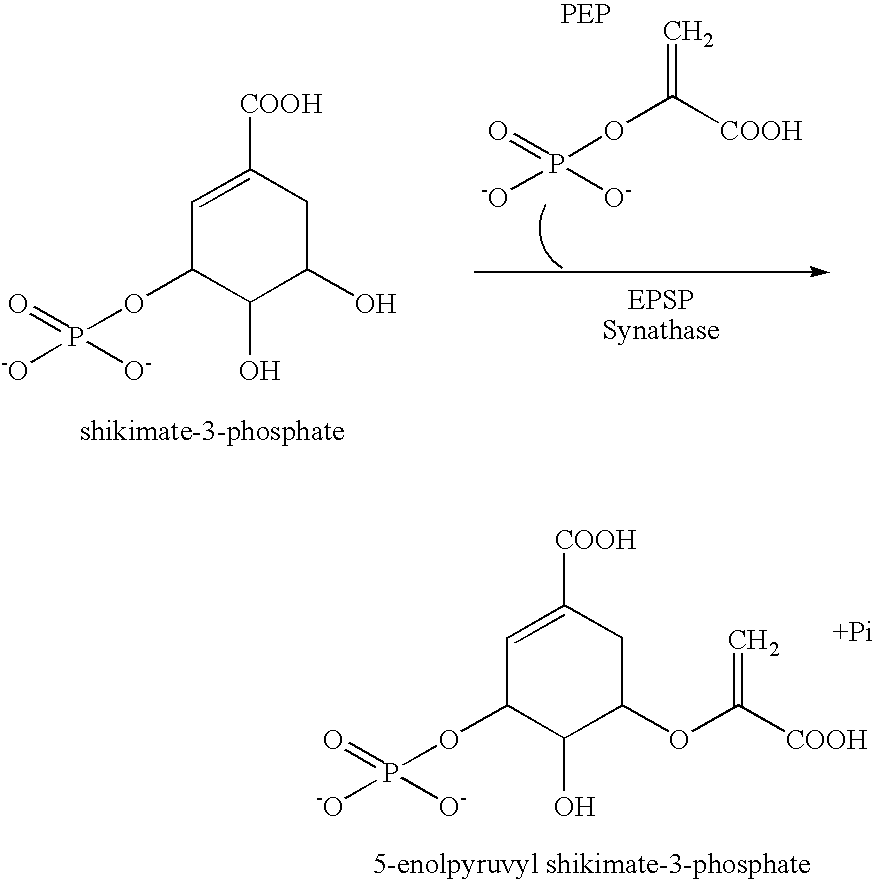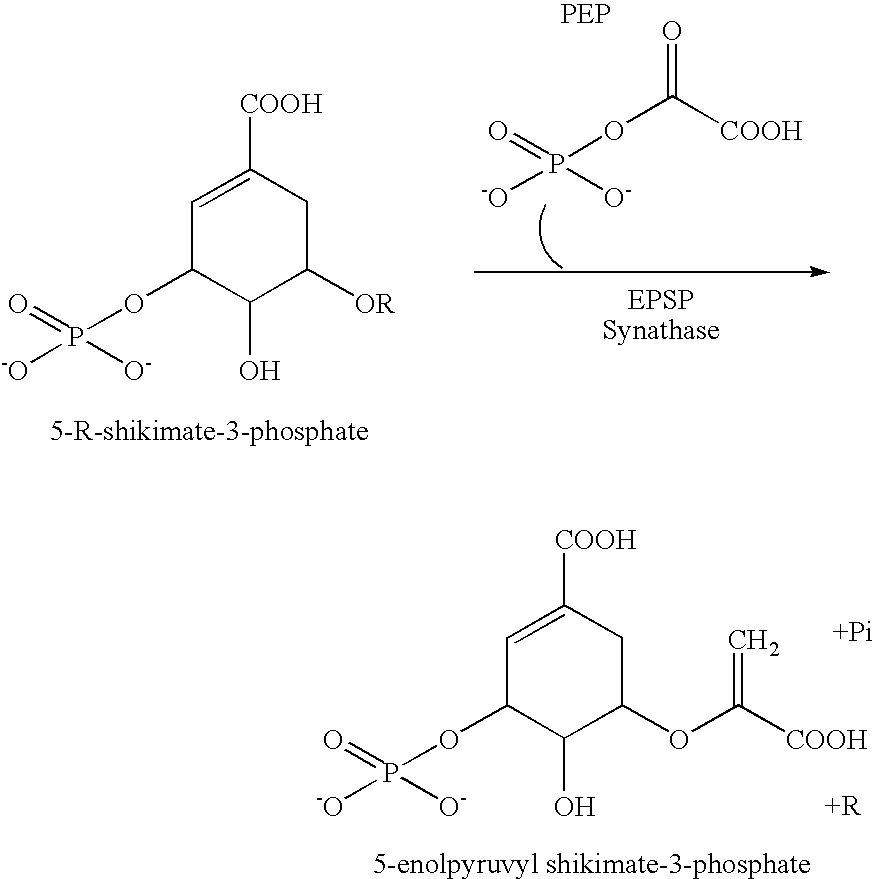Identifying, monitoring, and sorting genetically modified plant portions
a technology of genetically modified plant and plant parts, applied in the field of identifying, monitoring, and/or sorting genetically modified plant parts, can solve the problems of liability damages, contaminated seed stocks, and production of hybrid seed stocks free of self-inflicted damage, and achieve the effect of reducing the viability of treated seeds or plant portions
- Summary
- Abstract
- Description
- Claims
- Application Information
AI Technical Summary
Benefits of technology
Problems solved by technology
Method used
Image
Examples
Embodiment Construction
[0041] As used herein, the phrase “genetically modified” plant encompasses, but is not limited to, a plant that has been genetically altered using recombinant methodology. That is, the phrase “genetically modified plant” also refers to a plant that has been genetically altered using methodology not involving recombinant DNA technology including, but not limited to, crosses between plants to provide progeny carrying a genetic modification of a parent strain, where that genetic modification occurred spontaneously or was introduced by exposure to a mutagen.
[0042] The invention is directed toward compositions and methods for detecting plants, or portions thereof, that comprise a distinguishable marker. In certain methods of the present invention, the plant or plant portion is contacted with a detection agent that interacts with the distinguishable marker to provide a detectable signal.
[0043] In certain embodiments of the present invention, the distinguishable marker is an enzyme, and ...
PUM
| Property | Measurement | Unit |
|---|---|---|
| temperature | aaaaa | aaaaa |
| diameter | aaaaa | aaaaa |
| time | aaaaa | aaaaa |
Abstract
Description
Claims
Application Information
 Login to View More
Login to View More - R&D
- Intellectual Property
- Life Sciences
- Materials
- Tech Scout
- Unparalleled Data Quality
- Higher Quality Content
- 60% Fewer Hallucinations
Browse by: Latest US Patents, China's latest patents, Technical Efficacy Thesaurus, Application Domain, Technology Topic, Popular Technical Reports.
© 2025 PatSnap. All rights reserved.Legal|Privacy policy|Modern Slavery Act Transparency Statement|Sitemap|About US| Contact US: help@patsnap.com



